 The Apachean tribes were historically very powerful, opposing the Spanish and Mexican peoples for centuries.
The Apachean tribes were historically very powerful, opposing the Spanish and Mexican peoples for centuries.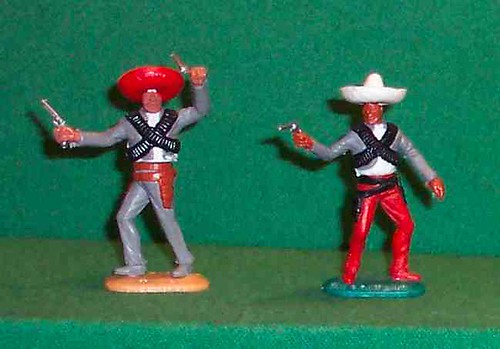 The first Apache raids on Sonora
The first Apache raids on Sonora 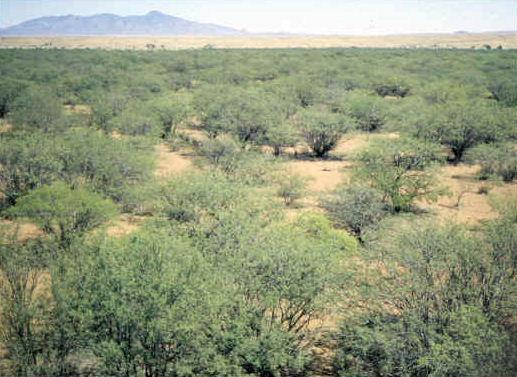 appear to have taken place during the late 17th century. In 19th-century confrontations, the U.S. Army found the Apache to be fierce warriors and skillful strategists
appear to have taken place during the late 17th century. In 19th-century confrontations, the U.S. Army found the Apache to be fierce warriors and skillful strategistsBy 1835 Mexico had placed a bounty on Apache scalps but certain villages were still trading with some  bands. When Juan José Compas, the leader of the Mimbreño Apaches, was killed for bounty money in 1837, Mangas Coloradas
bands. When Juan José Compas, the leader of the Mimbreño Apaches, was killed for bounty money in 1837, Mangas Coloradas  or Dasoda-hae (Red Sleeves) became the principal chief and war leader. He conducted a series of retaliatory raids against the Mexicans.
or Dasoda-hae (Red Sleeves) became the principal chief and war leader. He conducted a series of retaliatory raids against the Mexicans.
 or Dasoda-hae (Red Sleeves) became the principal chief and war leader. He conducted a series of retaliatory raids against the Mexicans.
or Dasoda-hae (Red Sleeves) became the principal chief and war leader. He conducted a series of retaliatory raids against the Mexicans.When the United States went to war against Mexico in 1846, many Apache bands promised U.S. soldiers safe passage through their lands. When the U.S. claimed former territories of Mexico in 1846, Mangas  Coloradas signed a peace treaty with the nation, respecting them as conquerors of the Mexicans' land. An uneasy peace (a centuries-old tradition) between the Apache and the new citizens of the United States held until the 1850s. An influx of gold miners into the Santa Rita Mountains
Coloradas signed a peace treaty with the nation, respecting them as conquerors of the Mexicans' land. An uneasy peace (a centuries-old tradition) between the Apache and the new citizens of the United States held until the 1850s. An influx of gold miners into the Santa Rita Mountains led to conflict with the Apache. This period is sometimes called the Apache Wars.
led to conflict with the Apache. This period is sometimes called the Apache Wars.
The United States' concept of a reservation had not been used by the Spanish, Mexicans or other Apache neighbors before. Reservations were often badly managed, and bands that had no kinship relationships  Coloradas signed a peace treaty with the nation, respecting them as conquerors of the Mexicans' land. An uneasy peace (a centuries-old tradition) between the Apache and the new citizens of the United States held until the 1850s. An influx of gold miners into the Santa Rita Mountains
Coloradas signed a peace treaty with the nation, respecting them as conquerors of the Mexicans' land. An uneasy peace (a centuries-old tradition) between the Apache and the new citizens of the United States held until the 1850s. An influx of gold miners into the Santa Rita Mountains led to conflict with the Apache. This period is sometimes called the Apache Wars.
led to conflict with the Apache. This period is sometimes called the Apache Wars.
were forced to live together. No fences existed to keep people in or out. It was not uncommon for a band to be given permission to leave for a short period of time. Other times a band would leave without
 permission, to raid, return to their homeland to forage, or to simply get away. The military usually had forts nearby. Their job was keeping the various bands on the reservations by finding and returning those who left. The reservation policies of the United States produced conflict and war with the various Apache bands who left the reservations for almost another quarter century.
permission, to raid, return to their homeland to forage, or to simply get away. The military usually had forts nearby. Their job was keeping the various bands on the reservations by finding and returning those who left. The reservation policies of the United States produced conflict and war with the various Apache bands who left the reservations for almost another quarter century.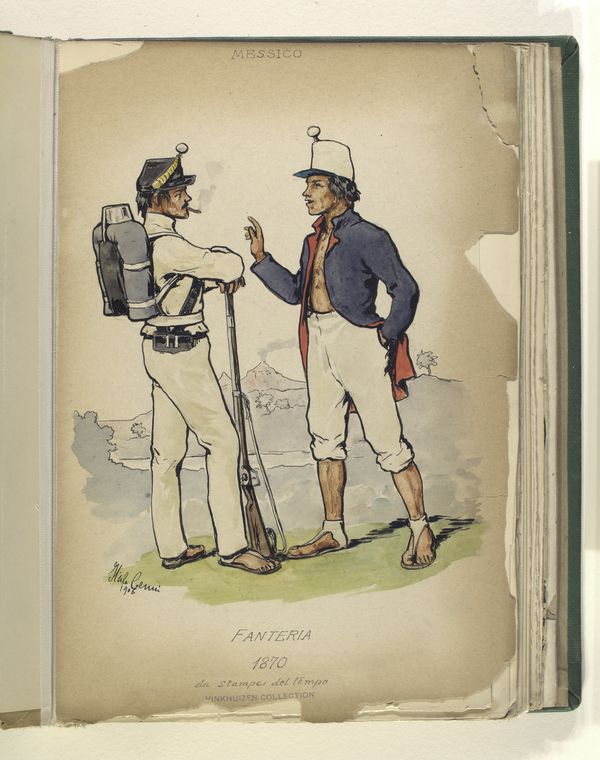
The warfare between the Apachean peoples and Euro-Americans has led to a stereotypical focus on certain aspects of Apachean cultures. These have often been distorted through misunderstanding of their cultures, as noted by anthropologist Keith Basso:
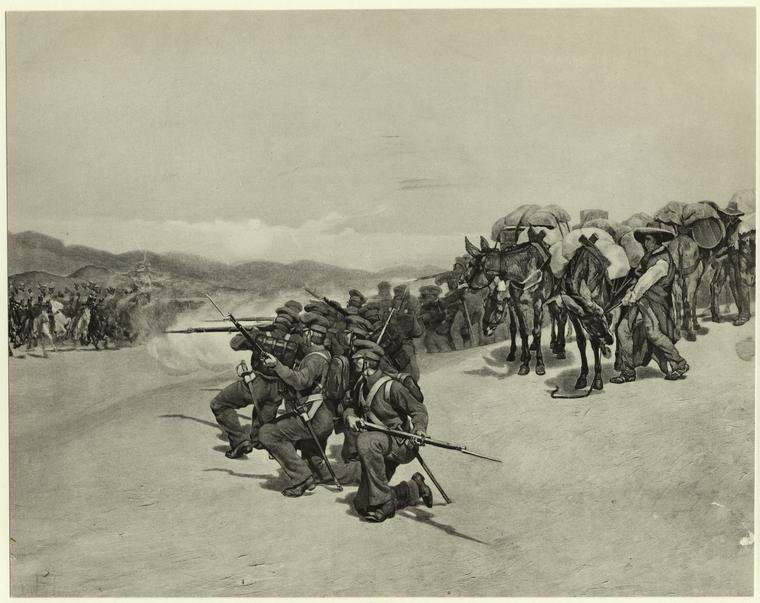
"Of the hundreds of peoples that lived and flourished in native North America, few have been so consistently misrepresented as the Apacheans of Arizona and New Mexico. Glorified bynovelists, sensationalized by historians, and distorted beyond credulity by commercial film makers, the popular image of 'the Apache' — a brutish, terrifying semi-human bent upon
wanton death and destruction — is almost entirely a product of irresponsible caricature and exaggeration. Indeed, there can be little doubt that the Apache has been transformed from a native American into an American legend, the fanciful and fallacious creation of a non-Indian
citizenry whose inability to recognize the massive treachery of ethnic and cultural stereotypes has been matched only by its willingness to sustain and inflate them."The Bear Valley Raid was an armed conflict that occurred in 1886 during Geronimo's War. In late April, a band of Chiricahua Apaches attacked settlements in Santa Cruz County, Arizona
over the course of two days. The Apaches raided four cattle ranches in or around Bear Valley, leaving four settlers dead, including a woman and her baby. They also captured a
young girl, who was found dead several days after the event, and stole or destroyed a large amount of private property. When the United States Army learned of the attack, an
expedition was launched to pursue the hostiles. In May, two small skirmishes were fought
just across the international border in Sonora, Mexico but both times the Apaches were able to escape capture
Hueco Tanks
Some of the first Anglo-Americans to visit Hueco Tanks wrote about a large battle between Mexicans and Apaches in which the latter retreated into a cave. John Russell Bartlett, U.S. Boundary Commissioner, who visited Hueco Tanks in1850, noted that a major fight between Mexicans and Apaches had taken place at that location near a natural amphitheater. He stated that about 150 Apaches had been surprised by the sudden arrival of armed Mexicans and had retreated into cave, where they were confined for several days until they were all killed
Brevet Captain John Pope, who conducted the Pacific Railroad survey, stopped at Hueco Tanks between February 16 and 19, 1854, wrote the following about an
encounter between Apache and Mexican.About fourteen years ago these Arabs of New Mexico, the Apache, having made a desperate foray upon the Mexicans,retreated with their plunder to these mountains. The Mexicans surprised and surrounded them, hemming them up in the rocky ravine forming the eastern tank. Here an engagement took place, in which the Indians were totally defeated and nearly
exterminated, only two or three escaping. It is said that upwards to one-hundred of them were killed” Hueco Tanks is an area of low mountains in El Paso County, Texas,
USA. It is located in a high-altitude desert basin between the Franklin Mountains
to the west and the Hueco Mountains to the east.
Hueco is a Spanish word meaning hollows and refers to the many water-holding depressions in the boulders and rock faces throughout the region. Hueco Tanks is thus a redundant phrase. Due to the unique concentration of historic artifacts, plants and wildlife, the site is under protection of Texas law; it is an offense to alter or destroy them,
although before the park was formed, considerable changes were attempted during private ownership. At one time, the site was the Escontrias Ranch. It was a stagecoach stop for the Butterfield Stage,
the names of Texas Rangers, US Cavalrymen, and the artifacts and paintings of Native Americans attest to its historic nature
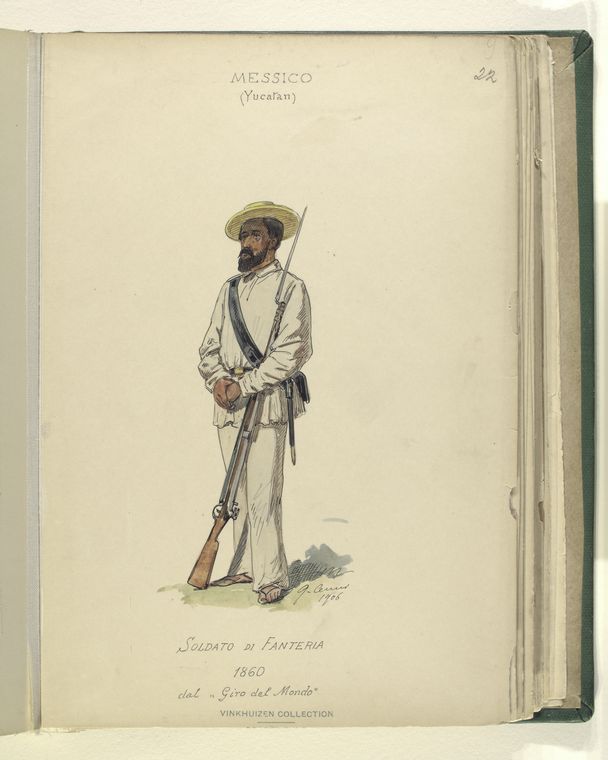
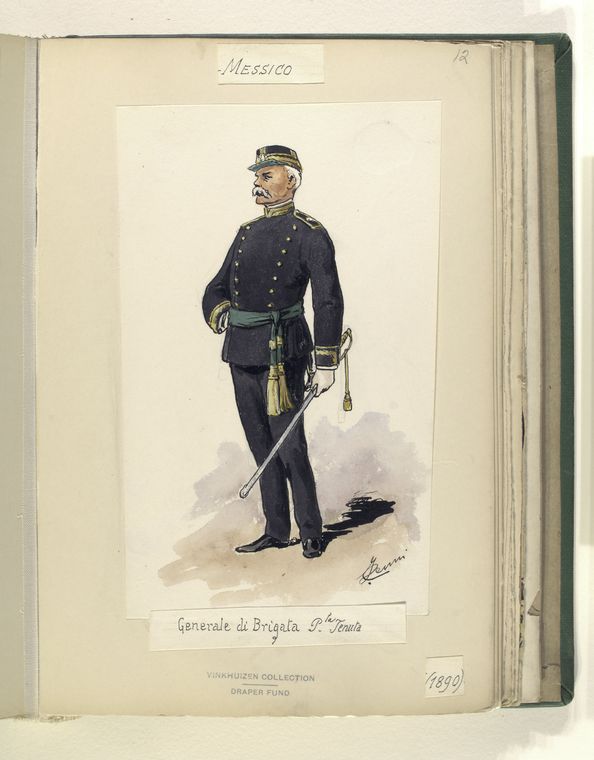

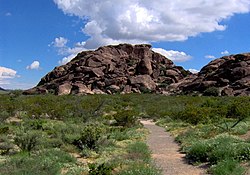
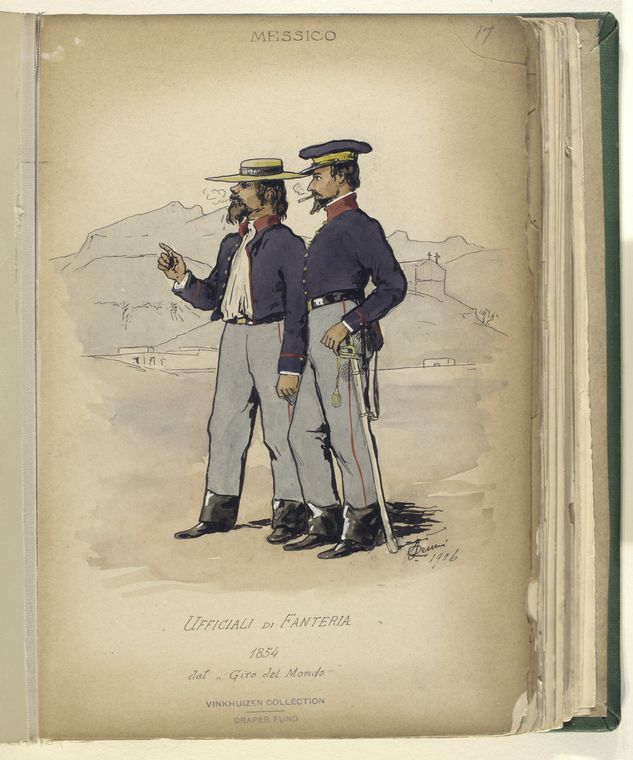


No comments:
Post a Comment